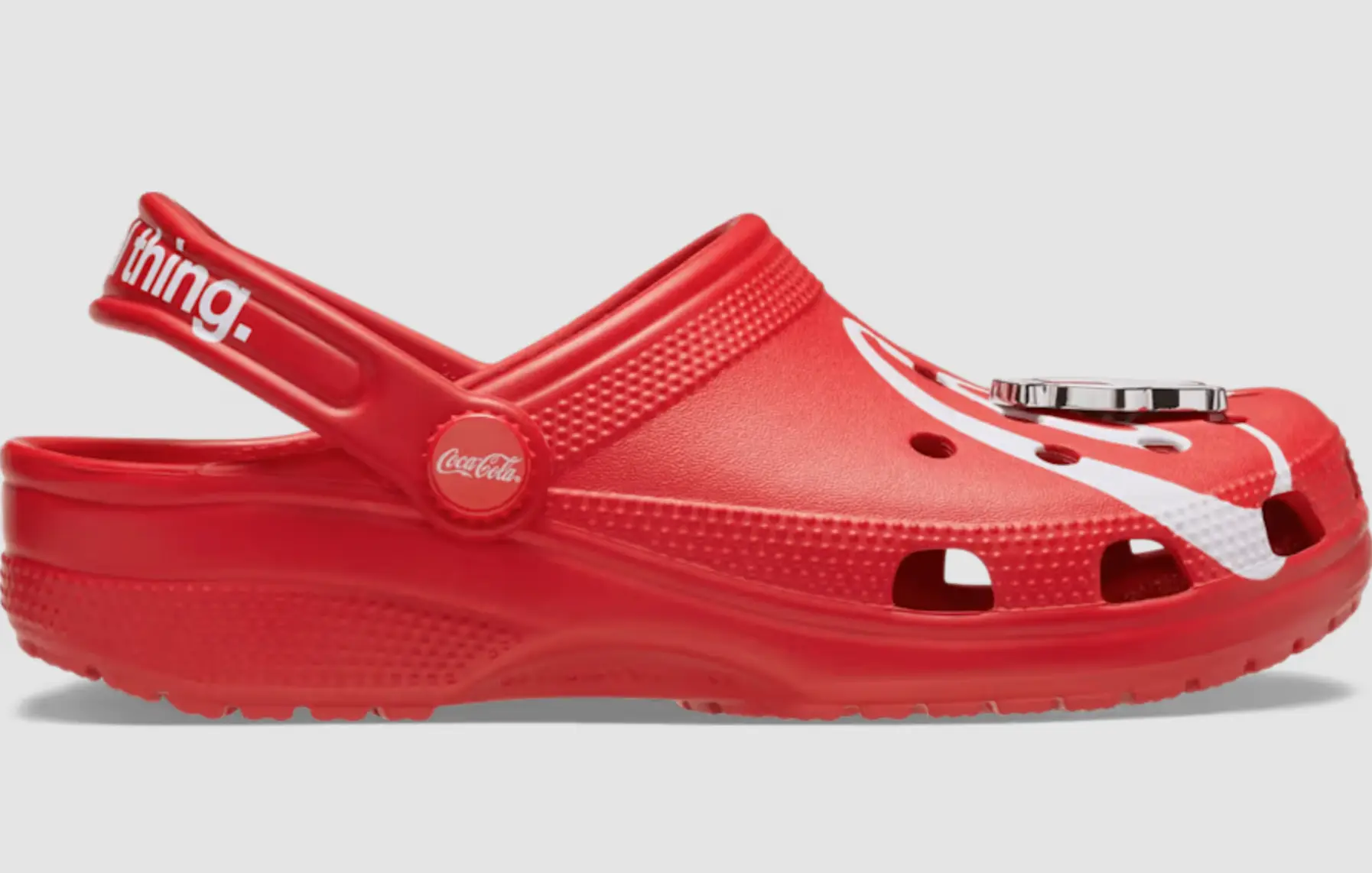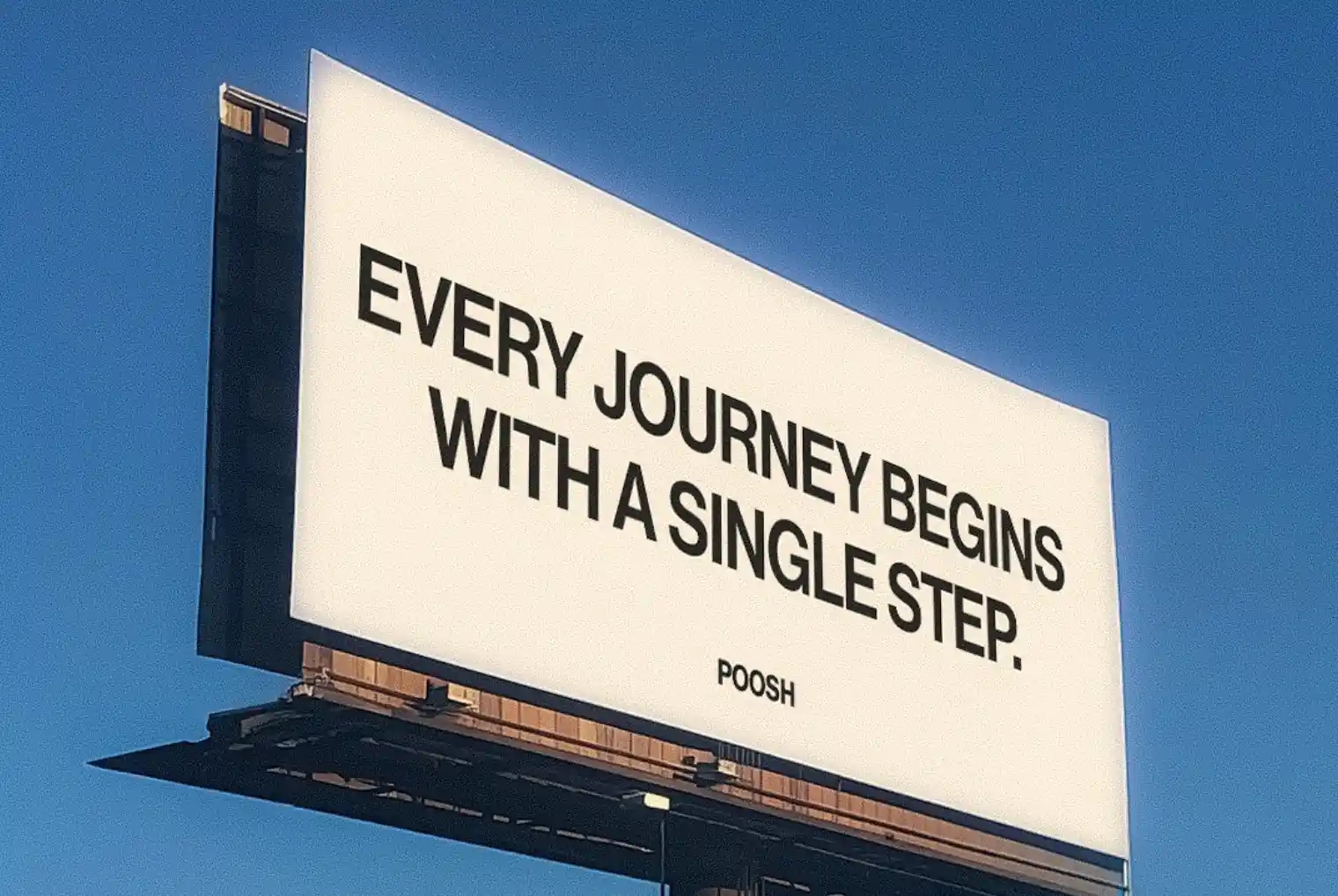Unlocking Engagement: Best Times to Post on Social Media for Maximum Reach
Updated on
Published on

As a brand, posting on social media can be difficult as they try to determine how to reach optimal engagement, which can be influenced by the time of day they post. Keep in mind there is no universal time frame that will guarantee a positive incline in user interactions.
Every brand is different, with diverse audiences and behaviours, so adjustments to recommended time frames can be altered to fit your company. Trial and error is key to analyzing what times work for you. Monitoring your own social media analytics is important to determine the behaviours of your audience. This can be done through various online tools. This blog will outline the best times to post according to 2024 data collected by Sprout Social.

The report by Sprout Social outlines a general posting schedule as well as specific ones for the various platforms such as Facebook, Instagram, TikTok, X (Twitter) and LinkedIn.
Overall Highlighted Times
Analyzing the data from various social networks, a clear pattern emerges regarding the optimal times for user engagement. Across platforms like Facebook, Instagram, Twitter, and LinkedIn, the highest engagement times are consistently observed from Tuesday to Thursday, particularly between 9 a.m. and 2 p.m. Mondays also show a notable spike from 11 a.m. to noon, while Fridays peak between 10 to 11 a.m. For a more detailed breakdown, Tuesdays are best from 10 a.m. to 2 p.m. and again from 3 to 4 p.m., Wednesdays from 9 a.m. to 3 p.m., and Thursdays from 9 a.m. to 2 p.m. Midweek mornings are especially successful for capturing audience attention. On the other hand, TikTok deviatess slightly, experiencing higher engagement during the afternoons. For optimal results, focus your social media posts on Tuesdays, Wednesdays, and Thursdays, while avoiding Sundays, which tend to have the lowest engagement levels.
Facebook continues to be the most preferred option for marketers, in spite of the increasing competition from other social media platforms. It is understandable why this platform is so dominant, given its astounding 3.05 billion monthly active users. To maximize engagement, the best times to post are on weekdays from 9 a.m. to early afternoon, particularly between 9 a.m. and 12 p.m., when users are most active during work breaks and lunchtime. Specifically, Mondays through Thursdays are ideal for posting, while Sundays are the least effective. By aligning your posting schedule with these peak activity hours, you can significantly enhance your reach and engagement on Facebook.

While Facebook remains the most popular platform among marketers worldwide, Instagram is rapidly gaining traction as marketers realize its full potential. To maximize engagement on Instagram, the best days to post are Tuesdays, Wednesdays, and Thursdays. Optimal posting times generally fall between 10 a.m. and 2 p.m. on weekdays, with extended engagement periods on Tuesdays and Wednesdays until 4 p.m. Specifically, posting on Mondays from 11 a.m. to 2 p.m., Tuesdays from 10 a.m. to 4 p.m., Wednesdays from 9 a.m. to 4 p.m., Thursdays from 9 a.m. to 1 p.m. and 2 p.m., and Fridays at 11 a.m. can yield the best results. Conversely, Sundays are the least effective day for posting. Testing these recommended times against your current metrics can help fine-tune your posting strategy for even better results.
TikTok
In just a few short years, TikTok, the newest digital platform among the major social media networks, has made a big impact by quickly expanding its reach. When considering the best times to post on TikTok, data shows that Tuesdays from 4 to 6 p.m., Wednesdays at various times, and Thursdays from 9 to 11 a.m. and 2 to 6 p.m. are optimal. Fridays from 4 to 6 p.m. are also prime posting times. Specifically, Wednesdays and Thursdays are the best days for engagement, while Sundays are the least effective. Generally, the highest engagement occurs from mid-morning through the afternoon, particularly between 9 a.m. and 5 p.m. on Tuesdays through Fridays, as users seek entertainment during these hours.

X (Twitter)
To maximize your engagement on X (Twitter), aim to post between 9 a.m. and 3 p.m. from Tuesday to Thursday, as these days are the most effective for reaching your audience. Mondays and Fridays are also good days to post, particularly from 10 a.m. to noon. Sunday tends to be the least favourable. By aligning your social media strategy with these insights, you can maximize your visibility and interaction on X.

For LinkedIn Company Pages, timing is everything when it comes to maximizing engagement. The best days to post are Tuesdays through Thursdays, with peak engagement times on Tuesdays and Wednesdays from 10 a.m. to noon, and Thursdays at 10 a.m. These periods align perfectly with general business hours, reflecting LinkedIn's professional focus. Midday sees a noticeable uptick in activity, providing an ideal window for businesses to reach their audience. Conversely, weekends are the worst days to post, as engagement and usage drop significantly. To make the most of your LinkedIn marketing efforts, aim to post during these optimal times when user activity is at its highest.
Significance of The Best Posting Times
Data is a key component of effective social media marketing. Your tactics need to change along with the platforms and the behaviours of users. Maintaining current awareness of emerging trends and content formats can lead to unanticipated opportunities for audience engagement, as well as the discovery of previously undiscovered market niches. While leveraging peak engagement times is a good starting point, pairing this with your own social media data analysis can yield even better results. You might find your audience is active not only at the times we suggest but also at different times unique to your brand.
Understanding your audience’s demographics and behaviours is crucial for determining optimal posting times. However, experimentation and performance analysis are just as important. High-quality content that resonates with your audience will naturally drive engagement, making quality more important than quantity. Consistency is also key; developing and sticking to a regular posting schedule keeps your audience engaged and informed.
Social Media Analytic Tools
The vital apps and dashboards known as social media analytics tools are made to collect and examine data about your audience and performance on social media. These technologies assist in identifying what is effective and what requires improvement, in addition to providing comprehensive reports for tracking performance over time. Extensive social media analytics tools are able to aggregate information from various platforms, enabling you to generate personalized reports that address important queries like the best times to post and when your brand gets the most engagement. While many social media platforms, like Meta Business Suite Insights, Instagram Insights, TikTok Analytics, X Analytics, and LinkedIn Page Analytics, offer built-in analytics, companies seeking more extensive reports often turn to advanced tools. Some popular options include:
All provide deeper insights and more robust reporting capabilities.
What To Do With This Data?
To effectively plan and organize your posts, you need a well-organized social media content calendar. By considering the optimal times to post and analyzing your own social media performance, you can create a comprehensive calendar that outlines your upcoming posts by date and time. This calendar can take various forms, from a simple spreadsheet to a complex digital calendar or an interactive dashboard. Your calendar should have important information like the exact day and time each post will go live, the social media account or network on which it will be posted, and all required content—such as copy, hashtags, links, and graphics—in order to optimize its benefits. Many social media analytic tools listed above offer features to help you create and manage your content calendar, including preset templates and additional functionalities to streamline your planning process.








